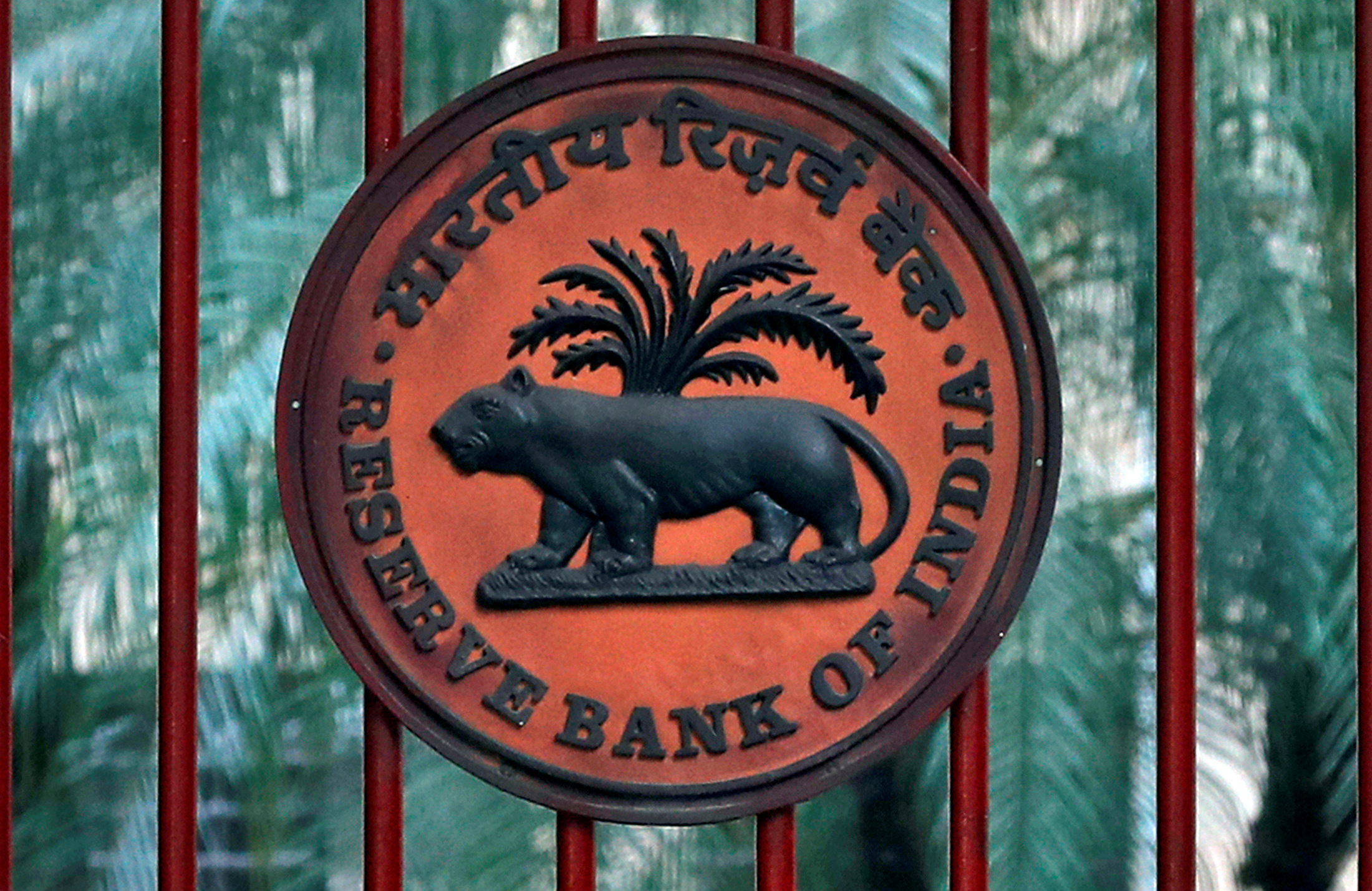(ATF) The Reserve Bank of India seized control of the struggling Lakshmi Vilas Bank on Tuesday and forced a merger with the local unit of Singapore’s largest lender, DBS Bank.
The intervention to invite DBS “with strong capital support” to rescue the capital-starved private lender Lakshmi Vilas comes after the Reserve Bank shot down two earlier proposals for LVB to merge with local financial firms, Indiabulls Housing Finance and Clix Capital, last month.
DBS has a healthy balance sheet, while the rapidly deteriorating financial position of LVB – relating to liquidity, capital and other critical parameters – and the absence of any credible plan for infusion of capital prompted the central bank to take immediate action in the public interest and particularly in the interest of depositors, the RBI said in a statement.
“This is a significant development in the banking sector not only because it shows an evolution in the RBI’s thinking in terms of crafting a rescue operation for a sinking Indian bank, but also because this enables DBS to expand its branch network quickly and have a more sizeable presence in India; and it is a reflection of India’s special relations with Singapore,” Amit Tandon, founder and managing director of proxy advisory firm, Institutional Investor Advisory Services India told Asia Times Financial.
India considers Singapore a key partner in many areas of India’s development priorities, according to Prime Minister Narendra Modi. In his trip to Singapore in May, Modi claimed that while sharing “the warmest and closest political relations”, the India and Singapore partnership has been at the frontline of India’s global engagements.
The LVB saga
The Reserve Bank move is the first instance of the central bank tapping a bank with a foreign parent to backstop a beleaguered Indian bank.
“We have not seen global banks buying into Indian banks in a distressed situation. Usually when an Indian bank goes into distress, the RBI intervenes and merges the bank with a local state-owned bank. So, this is the first high profile instance of a distressed Indian bank merging with a foreign bank under the regulator’s instruction,” Tandon said.
The LVB merger order is the RBI’s third rescue of a sinking Indian bank in a span of just a year.
“But the pace at which the RBI moved in with its rescue operations is also a first example; in other instances, the regulator has taken longer,” Kirtan Shah, chief financial planner at Sykes & Ray Equities told ATF.
The RBI announcement of the merger scheme came within minutes of putting the bank under moratorium, temporarily capping withdrawals of deposits – to Rs 25,000 for each holder – from LVB.
This was in contrast to the regulator’s action for the beleaguered Yes Bank earlier this year, when depositors had to wait two weeks for a rescue mission after going under a moratorium.
And in the rescue of Punjab and Maharashtra Cooperative Bank, the depositors are still waiting for a solution.
The Reserve Bank said that the LVB rescue was urgently needed because the bank is facing a steady decline, incurring continuous losses over the last three years, that has eroded all of its net worth.
In the absence of any viable strategic plan, declining advances and mounting non-performing assets, the losses were expected to continue. The bank has not been able to raise adequate capital to address issues around its negative net worth and continuing losses, the regulator said.
Warming up to foreign capital
“As far as I understand DBS has been trying to expand in India for a while, but has been facing various hurdles in its greenfield expansion efforts,” said Shah of Sykes & Ray Equities, adding that the merger scheme signals that the RBI is warming up to foreign capital in the banking sector too.
Under current rules, expansion for banks is a tedious and “hugely time consuming” process that involves byzantine regulatory approvals for opening branches and spotting real estate.
The RBI’s proposed plan would give the Singaporean bank’s expansion ambitions a fillip as it would vastly increase the footprint of DBS in India, where it only has around 30 branches.
Chennai-headquartered LVB, by contrast, has a network of more than 550 branches and 900-plus ATMs across India.
“From DBS’ perspective this is a good deal. DBS is relatively new, about 26 years old in India unlike its global competitors like Citibank and HSBC which have been in the country for about 100 years. So, this enables DBS to expand its branch network quickly and have a more sizeable presence,” Tandon said.
DBS already has a strong presence in the medium and small-scale industry sectors, which fits in well with LVB, which has penetration in the southern part of India where DBS is weak, he added.
In a regulatory filing on Tuesday, DBS said it will pump $336 million into its India unit to be funded from its existing resources, if the RBI’s plan is approved.
























